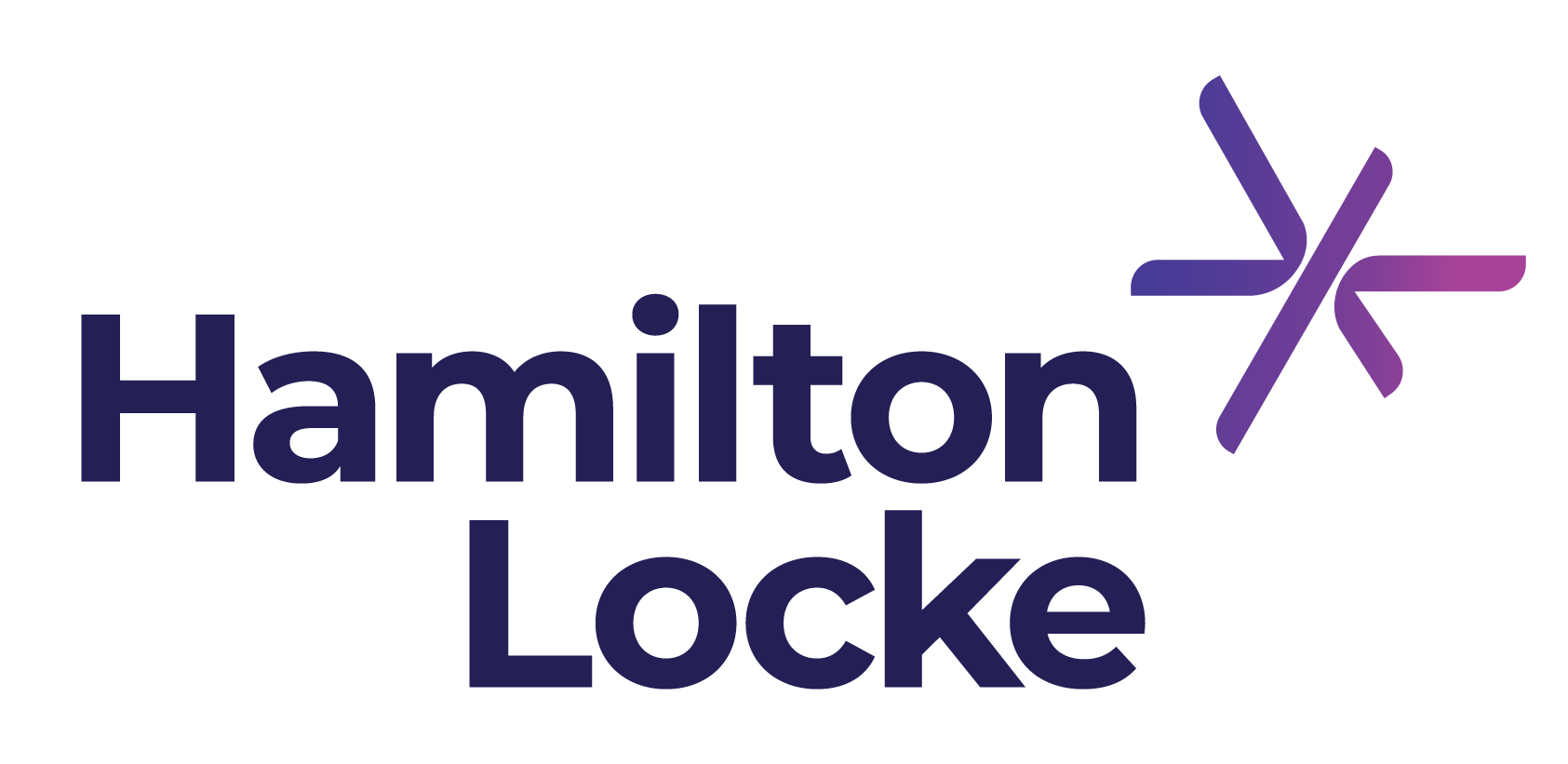INSURANCE ALTERNATIVES: PART 4: DISCRETIONARY MUTUALS.
Published on Nov 19, 2019

In our final post in this series on insurance alternatives, we outline the ultimate peer-to-peer insurance alternative – discretionary mutuals.
What is a discretionary mutual?
A discretionary mutual is a structure that offers discretionary risk protection to its members.
Discretionary protection is similar to insurance because both offer protection against a certain event or risk (for example, damage to crops from hail). However, the key difference is:
- Under an insurance policy, the protected person (the insured) has the contractual right to have their claim paid (if the claim meets all the policy terms and conditions);
- Under a discretionary risk product, the protected person has the right to have their claim considered and for a decision to be made about paying the claim (the exercise of discretion).
By the people, for the people
Discretionary mutuals are usually set up by industry or professional groups, or by businesses or corporate groups, to cover common or similar property and liability risks. This is because:
- Discretion to pay claims is often exercised by people with industry experience, who may be sympathetic to the person making a claim;
- Discretionary risk products can be tailored by the mutual to provide industry-specific coverage quickly and easily, and may provide more extensive benefits than would be available from the traditional insurance market;
- Mutuals are often able to influence the risk management behaviour of their members in a positive way; and
- Depending on the membership size, the board may be able to consult the mutual members before they make a decision or have members sit on the board.
Increasingly, mutuals are being used for ‘hard to place’ risks or uninsurable risks, or to improve the buying power of particular groups such as:
- Industry participants who are not able to obtain insurance for their risks (for example, farmers in the agricultural industry);
- Buying groups who are being charged high premiums but can demonstrate a low loss ratio and good claims history;
- Buying groups with the technology to assess their risk and develop innovative and responsive products (which the traditional insurance market may be slow to embrace);
- Buying groups who are eager to manage their liability on a community basis and support their participants; or
- Government or large corporate groups who want a high level of control over their protection and the ability to customise their program by increasing discretionary layers and decreasing insurance and changing this from year to year to take advantage of the insurance cycle.
As an insurance alternative
Discretionary mutuals can be a good alternative because:
- Discretionary mutuals are generally simpler and less expensive to set up and capitalise, and have a lower tax burden than an insurance company or captive;
- The discretionary power means that the mutual can manage their exposures in terms of structuring the program to maximise their buying power for excess of loss and stop loss/reinsurance;
- There are tax advantages because GST is payable but income tax and insurance taxes like stamp duty are not; and
- Mutuals can raise equity by issuing Mutual Capital Instruments (which are similar to shares) to investors.
This model is also popular because it is more flexible and allows for innovation:
- The mutual doesn’t have to be fully-funded: claims can be partly paid, or even completely denied, due to lack of funds.
- The mutual can arrange alternative payment methods: for example, Latevo Farmers Mutual, a mutual covering multi-peril crop risks for Australian farmers, allows contributions to be paid partly in cash and partly by way of grain contracts.
- A discretionary mutual can utilise a number of other innovative solutions, eg the discretionary mutual may have a parametric trigger and payment structure providing a truly bespoke product for its members.
Discretionary mutuals offer a regulated financial product and the product issuer must have a ‘miscellaneous financial risk product’ authorisation on their Australian Financial Services Licence. It is possible to employ a professional mutual manager who has the expertise and skills to manage the mutual for the buying group and the appropriate licence authorisation.
A discretionary mutual must have a Product Disclosure Statement for members even if they are wholesale clients. There are different structures for the mutual – companies limited by guarantee and trusts are the most common. A feasibility study is important prior to establishment because this is a long-term solution for buying groups and needs to operate for 5 to 10 years for the true benefit to be experienced by the group. Establishment costs can be substantial but maintenance of compliance requirements is substantially less after the first year.
If you’re considering a discretionary mutual and want advice on establishment, or would like to make sure you’ve got the right licensing arrangements in place, get in touch – we’d be happy to help.
To download The Fold’s whitepaper on Discretionary Mutuals, click here.
November 2019


